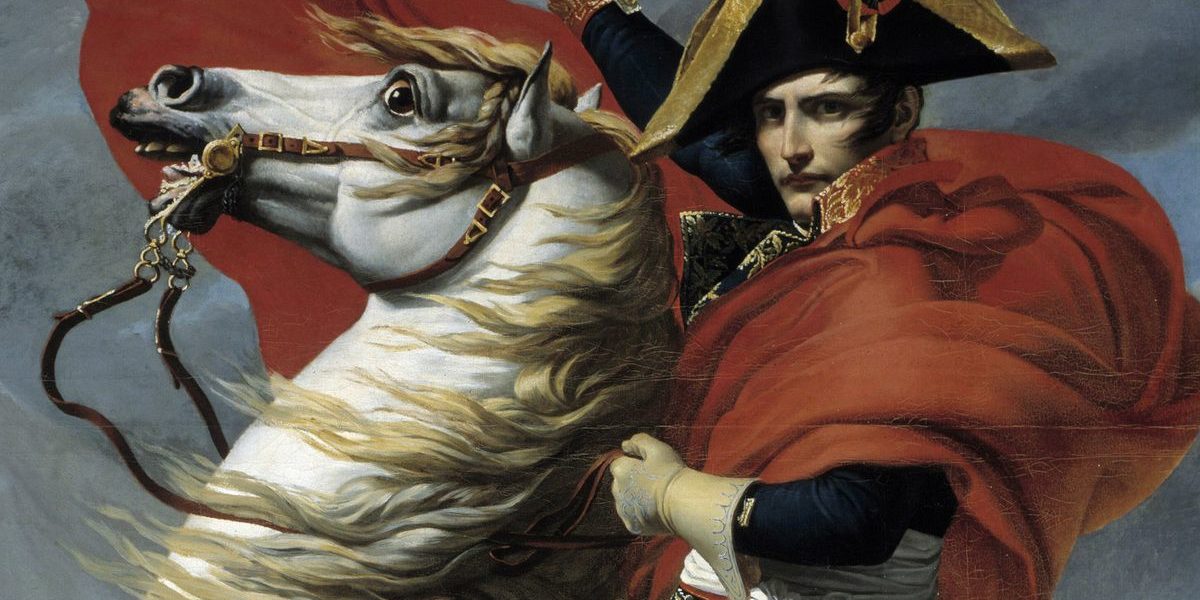Napoleon was not only a brilliant military strategist, he was also a visionary emperor. There are many monuments that were erected in his memory. If you decide to make a trip to Paris or in Corsica, I advise you to read my post which will lead you through the more or less known places that are linked to him.
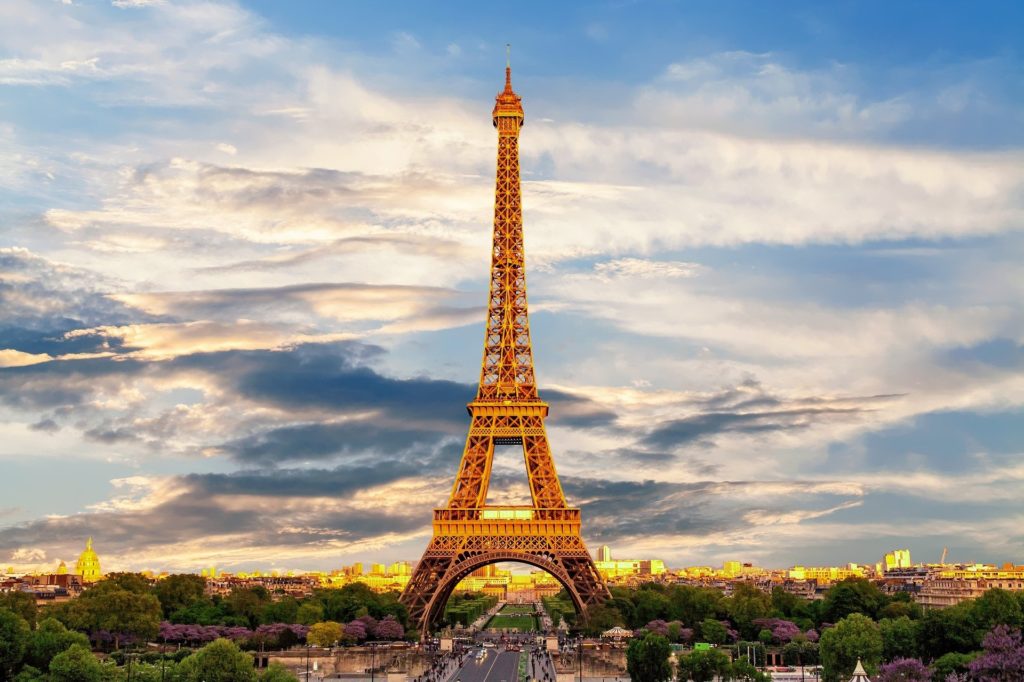
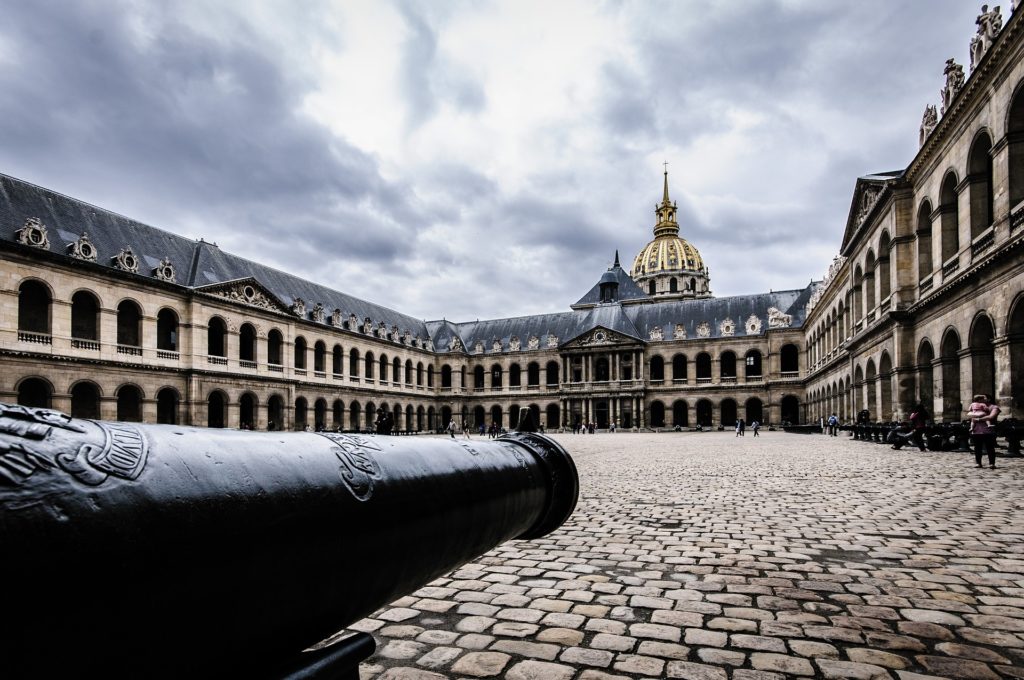
The Hotel des Invalides is a monument located in the 7th arrondissement of Paris. This monument was built in the 17th century to accommodate soldiers wounded in the line of duty during the reign of Louis XIV. It kept thereafter a close link with the military history of the country. An important collection of artillery is kept there. There are two museums that have been installed, namely that of the Plans-Reliefs and that of the Order of Liberation. . Part of the monument houses two churches: the church of Saint Louis des Invalides and the church of the Dome.
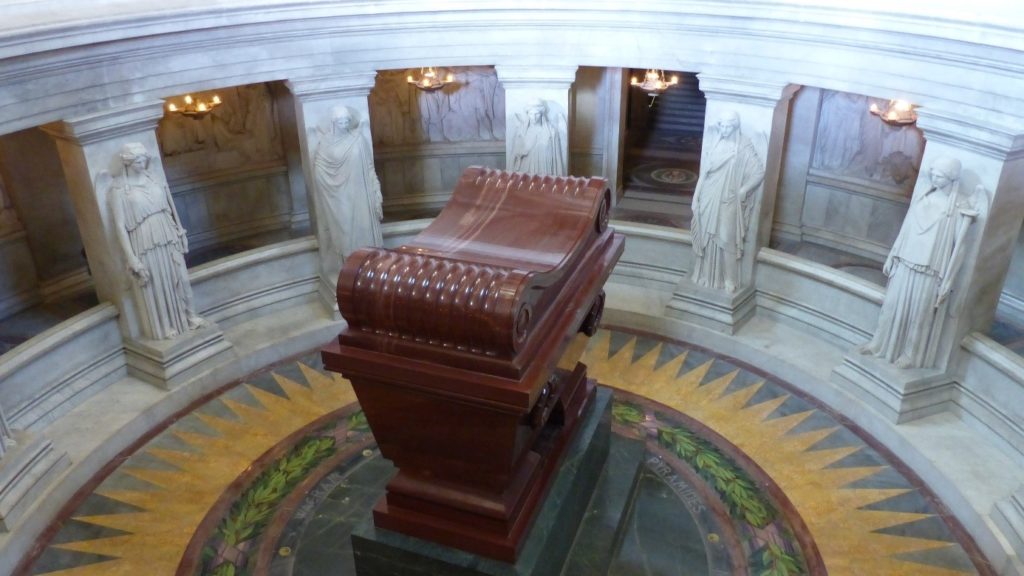
The latter is the burial site of Napoleon Bonaparte, when his body was brought back from Saint Helen, his place of exile in 1840. His remains are exposed in a red porphyry sarcophagus placed on a green granite pedestal, installed under the dome. The emperor rests there in the garb of a colonel of the mounted chasseurs.
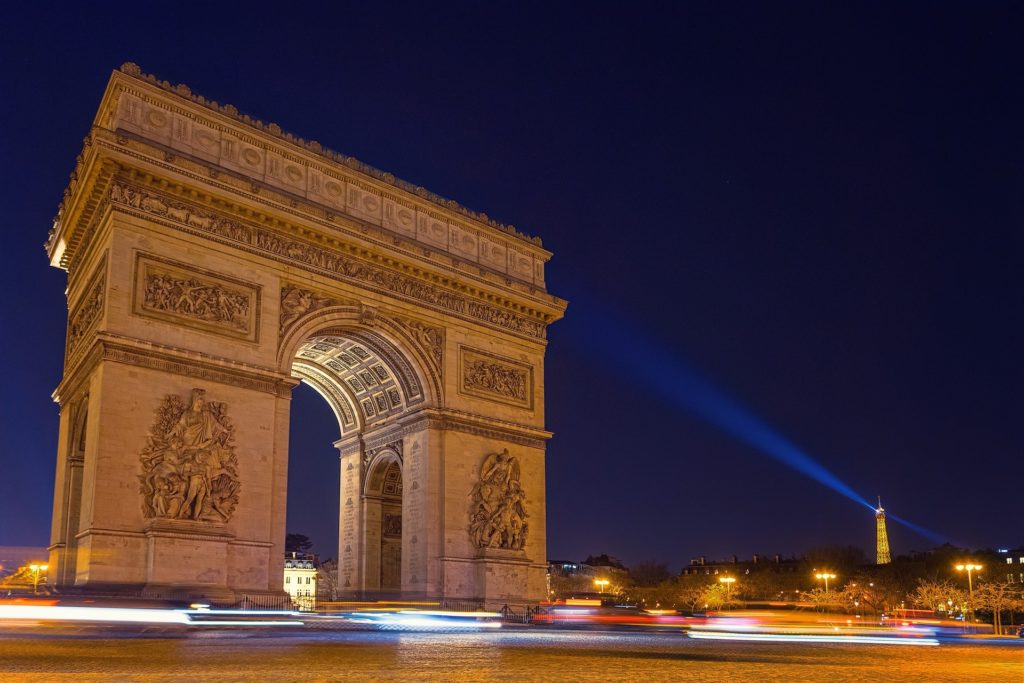
The Arc de Triomphe is located in the center of the Place Saint-Charles-de-Gaulle. Napoleon Bonaparte had it erected in 1806 to commemorate his victory against the Austro-Russian army one year earlier. Its design was entrusted to the architect Jean-François Thérèse Chalgrin. The work was not completed until 30 years later in 1836. The monument is decorated with sculptures by Rude and Pradier to the glory of the Emperor and his soldiers, and offers a beautiful panoramic view of Paris from its summit. It’s a must-see!
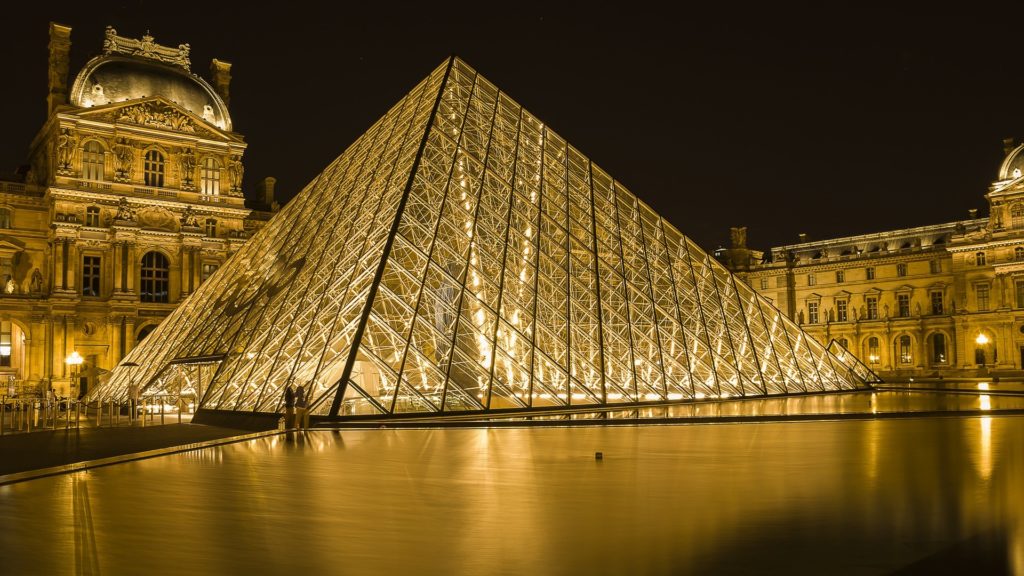
To follow the thread of your Napoleonic stroll, the Louvre Museum is a must. You will discover its richness and diversity from the glass pyramid of its reception hall. The splendor of the palace was given to it gradually over the centuries. Napoleon I was one of those who contributed to it. Toward the end of the 18th century, the Louvre became a full-fledged art museum.

You will not miss the famous Place Vendôme, one of the most famous in Paris. This place, designed by the architect Jules Hardouin Mansart, is a real open-air museum. All the facades are classified as historical monuments. Several private mansions have their place there. Place Vendôme is also known for the eponymous column which was ordered by Napoleon in memory of his resounding victory at Austerlitz in 1805. This one is made of bronze, and many battle scenes can be seen all around, as well as the sculpture of Napoleon.
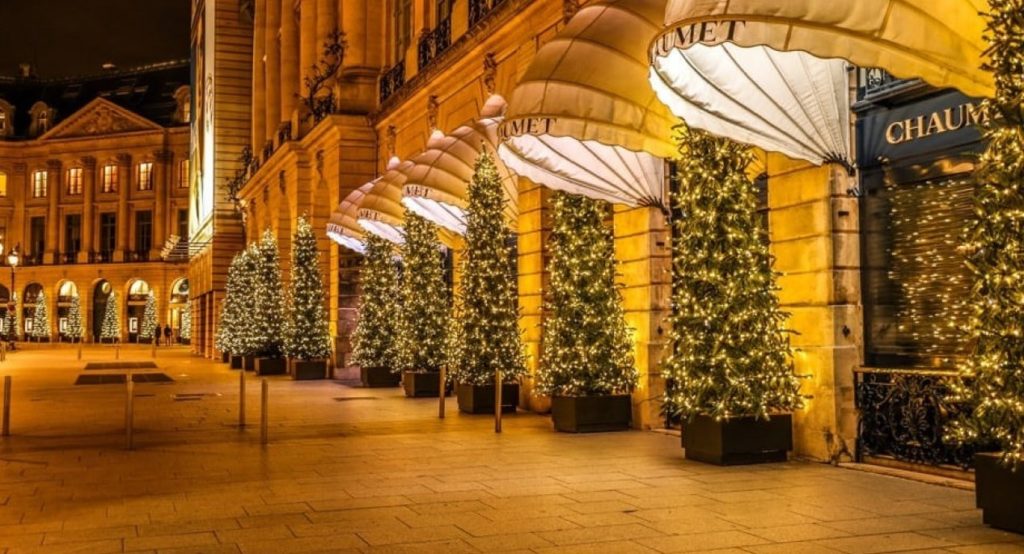
But the square is also known today for being the height of luxury with its fashion boutiques, its big names in jewelry and watchmaking such as Rolex among others.
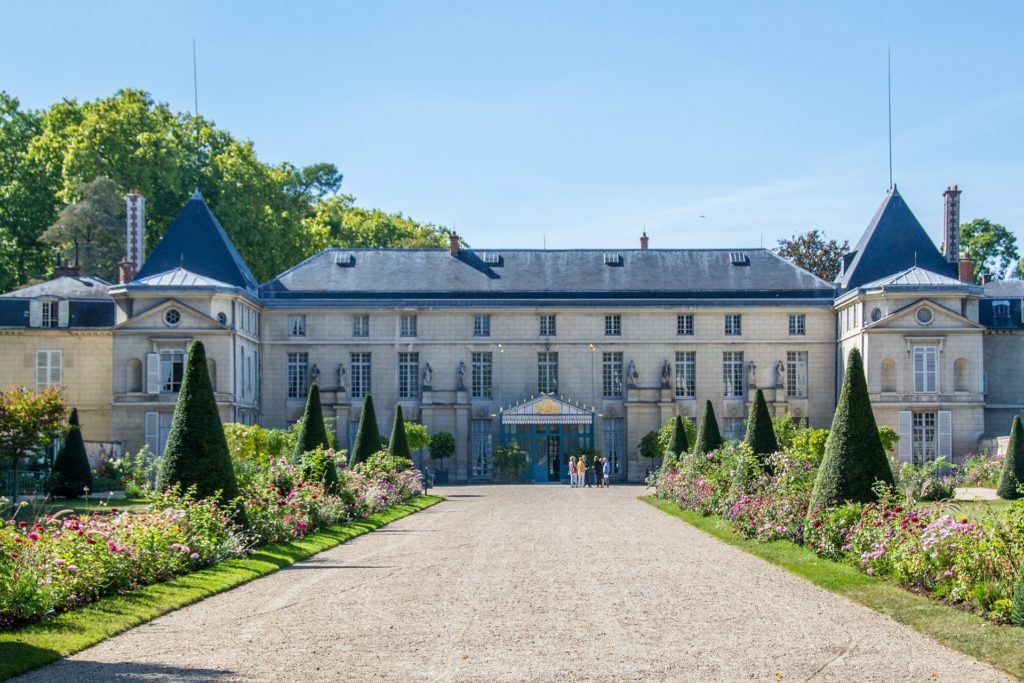
The Malmaison castle was built in the 17th century. In 1799, Napoleon’s wife, Josephine Bonaparte acquired it. It was for a time the seat of government. The empress exhibited works of art, planted rose gardens and took care of the black swans brought back by Napoleon from one of his expeditions. Today, the castle has become a museum where the daily life of the couple and the children of the empress from her first marriage has been reconstructed. You can see works of art that date from the beginning of Napoleon’s reign. New rooms were then opened to retrace his life in exile at Marie-Hélène, with a collection of paintings, writings and abundant correspondence. Thematic tours are organized on the premises and you will have the opportunity to see two black swans that were recently reintroduced in the park. It is worth noting that Empress Josephine is the only person who succeeded in breeding black swans in captivity.
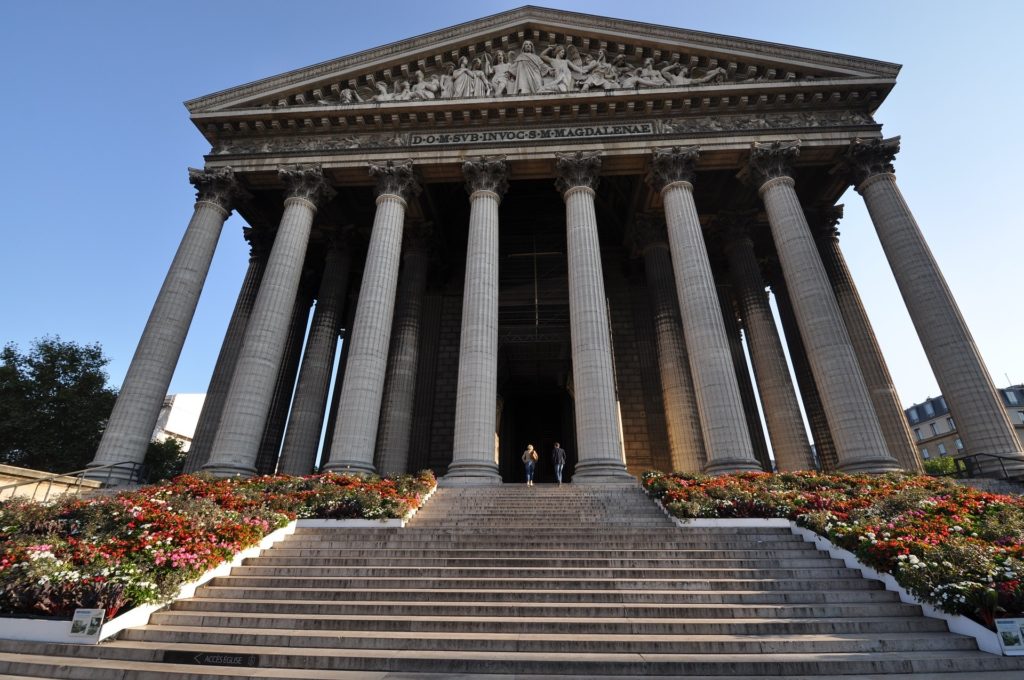
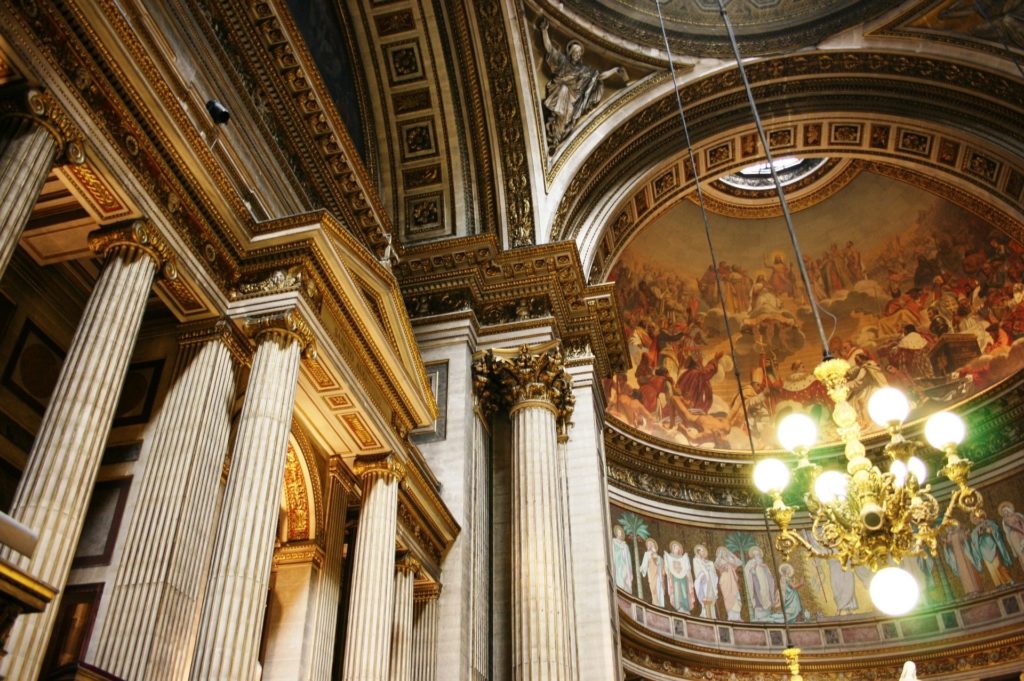
The Church of the Madeleine is located opposite the Palais Bourbon. It was commissioned by Napoleon to bear witness to the glory of the French armies during his various military campaigns.
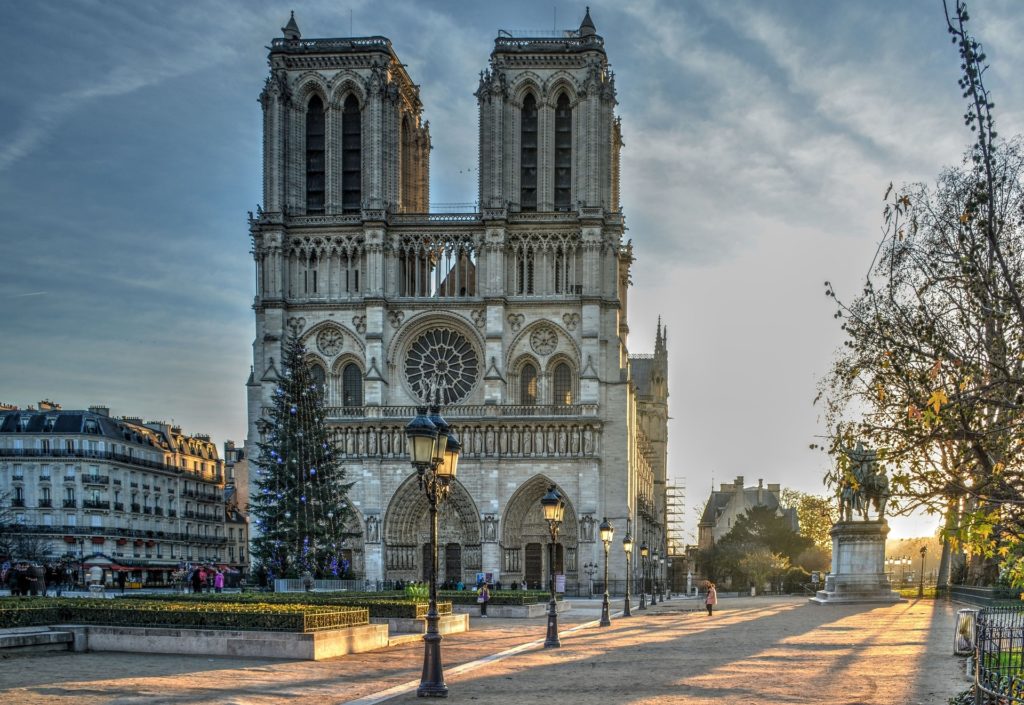
The Notre-Dame de Paris Cathedral is one of the most emblematic monuments of Paris, one of those that attract millions of visitors every year. It was here that Napoleon was crowned Emperor of the French on December 2, 1804 with all the pomp and circumstance that such an event demands.
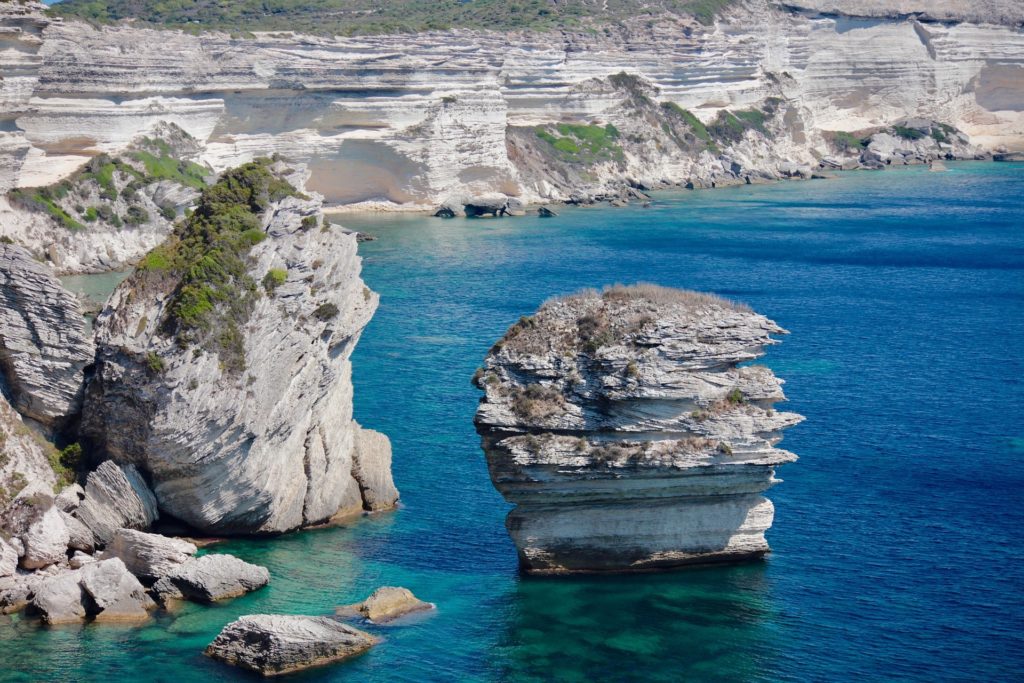
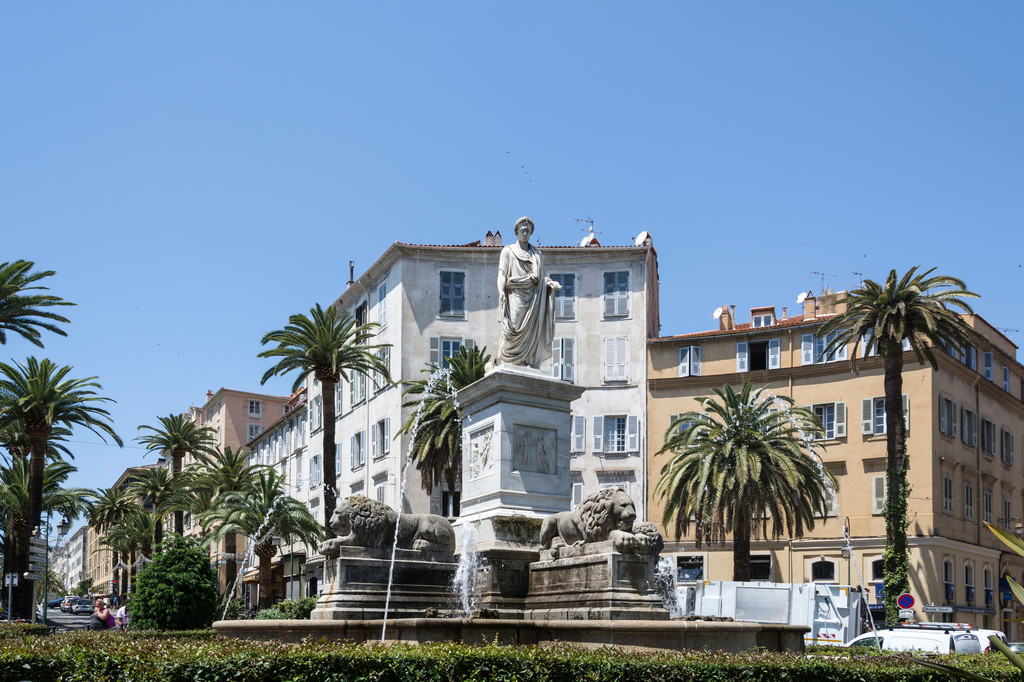
The luminous esplanade that descends to the waterfront and its liners is the link between the Genoese quarter, where Napoleon was born, and U Borgu, the popular suburb of the corailleurs and leather workers. At the beginning of the 19th century, Napoleon Bonaparte, who had become First Consul, modernized the city by tearing down the walls that separated these two areas. A place of life and a place of passage that cannot be ignored in Ajaccio, the square is watched over by a statue of Napoleon Bonaparte dressed as a Roman consul.
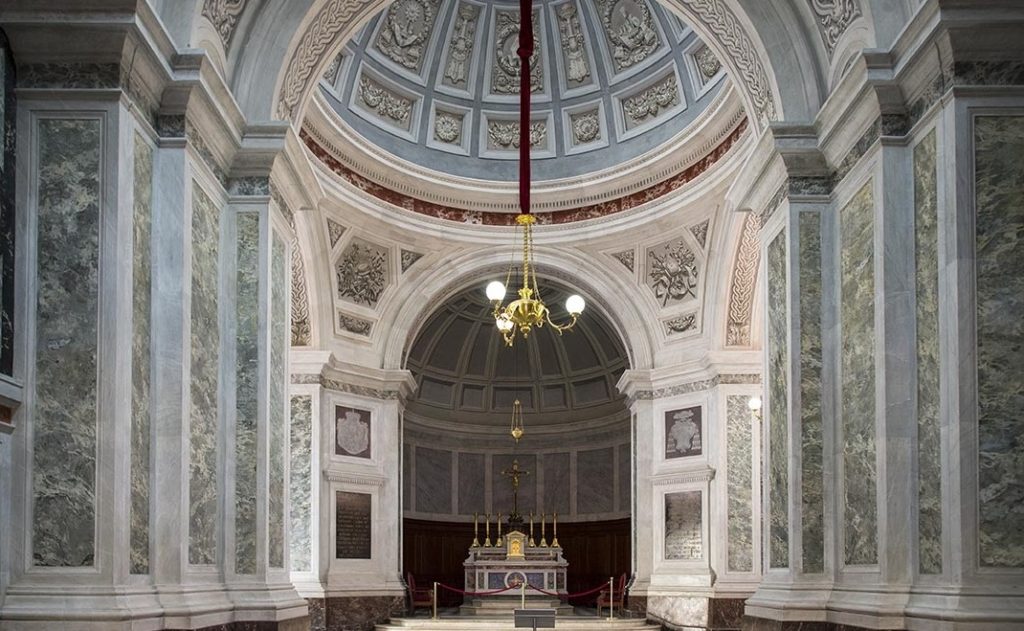
If Napoleon’s ashes were received at the Invalides in Paris, in 1861, an imperial chapel was built by order of Napoleon III in Ajaccio, at the Palais Fesch, to house the tombs of nine members of the Bonaparte family, including the emperor’s parents and Cardinal Fesch, his maternal uncle. Cardinal Fesch, a great art collector, bequeathed to the city some of his treasures displayed in this building, which he designed during the reign of his nephew. Numerous portraits of the family, including some of the emperor, are presented here, thus forming a Napoleonic collection.
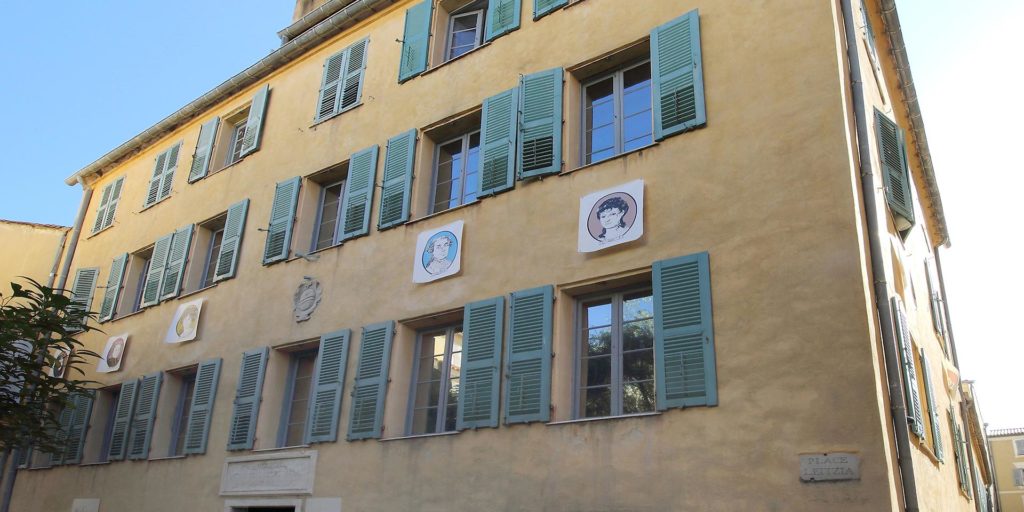
The imposing ochre house with green shutters that we discover in a narrow street of the old city was the birthplace of Bonaparte in 1769, one year after the attachment of Corsica to France. Today it houses a national museum evoking the memory of the emperor and his family in Corsica around a magnificent heritage of furniture and a program of temporary exhibitions.
Don’t hesitate to contact our team for more informations.
I hope you will enjoy this post and that it will give you the desire to discover these must-see places.
If you enjoyed this post The must-see Napoleon Bonaparte-related places to visit, you can check Discover the Puy du Fou: the best theme park in Europe, where history awaits you.


